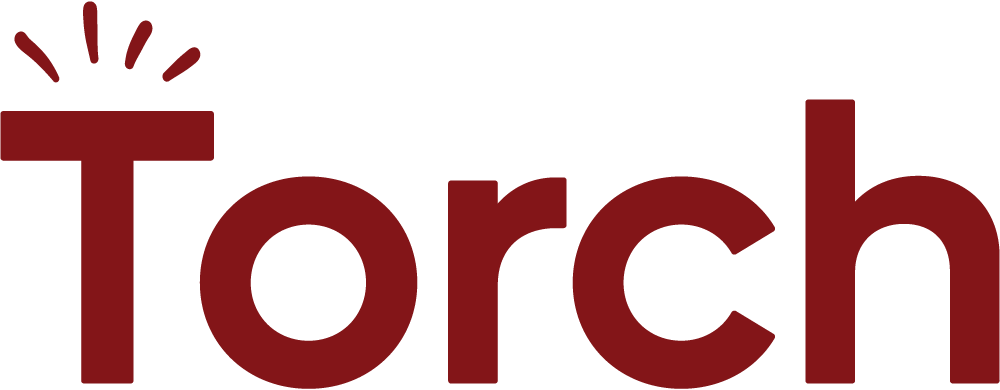Companies racing to adopt AI are missing something big. Our research shows the real advantage isn’t the tech itself—it’s the trust that makes transformation possible.
We spoke with 568 leaders across industries and roles. We didn’t ask what sounds good in the boardroom—we asked what’s actually happening on the ground.
The data tells a clear story. Human connection, communication, and trust separate leaders who bring people with them from those who leave teams stuck in uncertainty. Leaders who trust their senior executives are 2.2x more likely to feel excited—not anxious—about AI adoption.
What does this mean for you? Organizations need to rethink leadership and put people at the center of AI. This creates the advantage that matters most: a leadership system that evolves faster than the world around it.
Trust powers better tech adoption
Across our research, one factor kept showing up. Trust between leadership levels makes or breaks change efforts.
Leaders who build transparency, encourage experimentation, and connect diverse perspectives set their teams up for success. Without these foundations, even the most expensive tech investments are at risk of falling flat.
“My boss allows us to have the independence to choose our own path while offering a protective, learning environment when we make mistakes. It promotes growth and understanding.” —Survey respondent, Director, Transportation & Logistics
The answer? Design small, low-risk projects where teams can experiment with AI applications. Set clear goals, provide resources, and define success upfront. When things go wrong—and they will—treat them as learning moments, not failures.
The best tech adoption happens when people feel safe to ask questions. Leaders who stay open to feedback and resist defensiveness build teams that tackle complexity together.
Why trust is your real AI advantage
Run short, structured check-ins where teams can raise concerns about new technologies. Creating this space helps teams move forward together, not shut down. Our research shows that teams who trust their leaders are far more likely to embrace AI as a positive force for growth.
At Torch, our coaching approach has always started here—building trust, navigating complexity, and strengthening adaptive leadership. This research confirms what we see every day: The leadership capacities that build trust and resilience matter more than any technical skill when it comes to making change stick.
The director squeeze is real
Imagine you’re a director. You’ve just left another executive meeting about your company’s ambitious AI rollout. You’re already dreading the questions you know are coming.
Your team has been through three reorgs this year alone. You already know exactly who’s going to ask, “Is my job safe?” And you still don’t have a clear answer yourself.
This is the reality our research uncovered.
“Constantly shifting priorities and reorgs have thrown off our team dynamics. It’s hard to deliver something with real quality when there’s no time—especially when focus shifts before we’re done. AI feels like a big opportunity, but getting alignment across leaders and teams? That part feels almost impossible.”—Survey respondent, Director, Agriculture Technology & Engineering
Here’s what the data makes impossible to ignore:
- Nearly 60% of C-suite leaders say their teams are ready for change.
- But more than 40% of individual contributors report feeling resistant to it.
- Directors report “ongoing change” as their top challenge—at nearly four times the rate of senior executives.
Directors are stuck in the middle, expected to bridge the gap between leadership optimism and team reality.
The real risk of falling behind
“I felt isolated, disconnected, and peripheral to the core goals of the company. I tried to connect my day-to-day work to the company goals but they shifted so often it left me (and my team) feeling disconnected.” — Survey respondent, CISO, Technology & Engineering
This isn’t new. But the pressure today is higher than ever. Over 26% of all survey respondents (and nearly 40% of Technology & Engineering leaders) said “leading with confidence through the rise of AI and new technologies” is their biggest challenge right now.
When leadership fails at the human level, disconnect and distrust grow. Burnout spikes. Innovation stalls. Your best people quietly start looking for a way out.
The combination of ever-changing technology and persistent people challenges creates real problems for organizations that fail to address the trust gap.
What’s at stake
This isn’t just about better meetings or smoother projects. The stakes go far deeper.
- High-trust organizations: A director hears about a new AI tool. She trusts leadership enough to ask tough questions. She gets the clarity she needs to support her team. They move forward together—engaged, even when it’s messy.
- Low-trust organizations: A director gets an email about a new AI tool. With no context and no safe space to ask questions, he stays quiet. His team spirals into worry and frustration. Progress stalls before it even starts.
Your competitive advantage isn’t your tech. It’s your people—and their trust in you.
Where leadership goes from here
Leadership has never been easy—but today’s pace of change makes it harder than ever to get right. And yet, leaders remain optimistic about using new tools, especially AI, to make better decisions and drive real impact.
The Leadership Evolution Report 2025 reveals what’s really going on beneath the surface—and what it’ll take to build leadership that can keep up. Inside, you’ll find:
- What successful leaders have in common beyond traditional skills
- How to close the gap between leadership levels
- The five shifts your leadership system needs to make now
- Top growth priorities for leaders in 2025
If your teams are already feeling the strain, this isn’t the moment to wait and see. The organizations that thrive in five years won’t be the ones with the most AI—they’ll be the ones with leaders who know how to navigate change and bring people with them.
Want to know what that looks like? Download the full report to find out.

